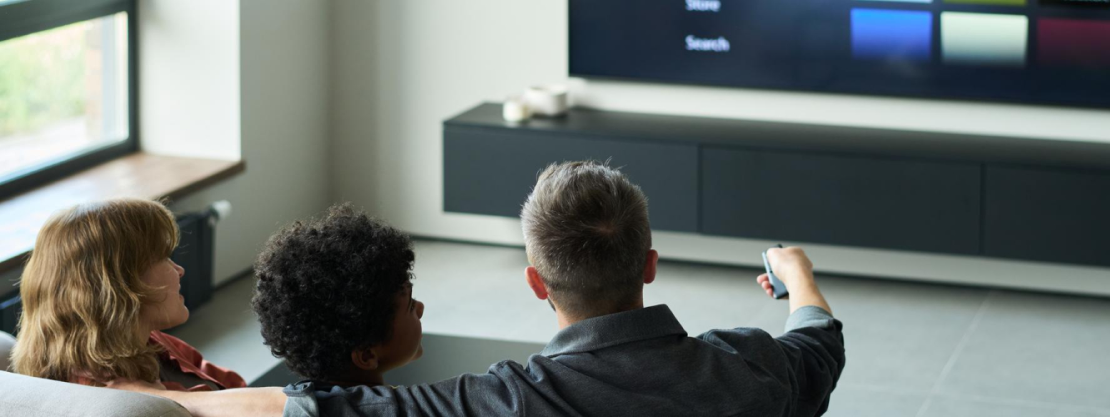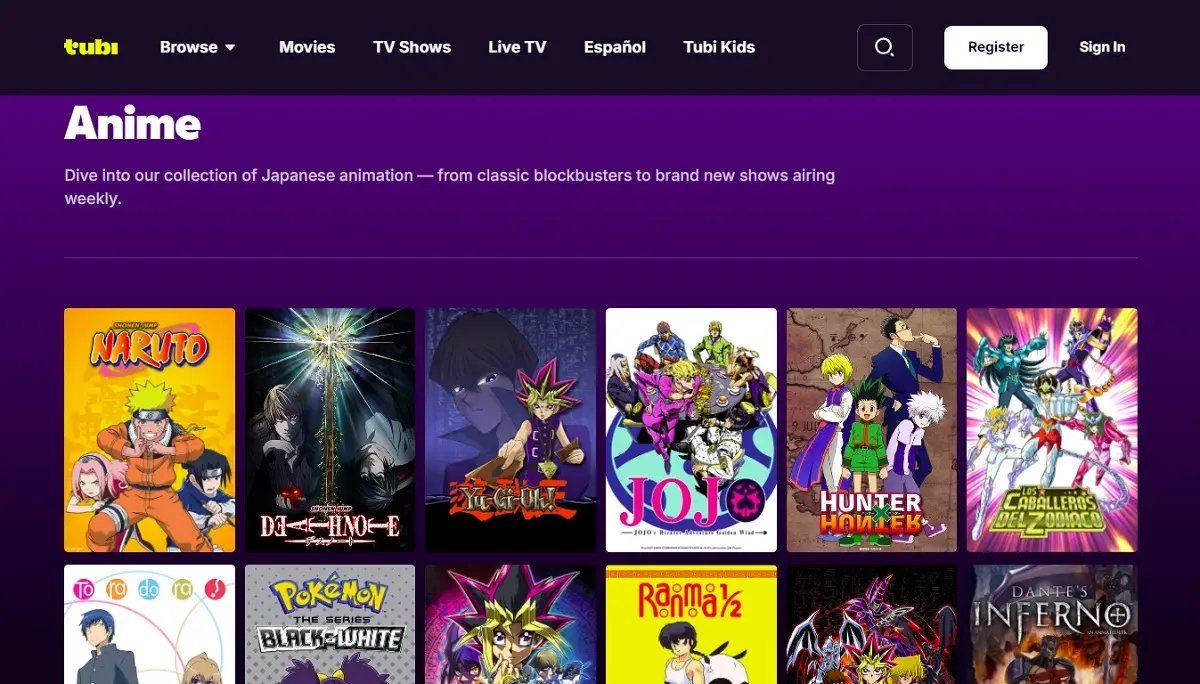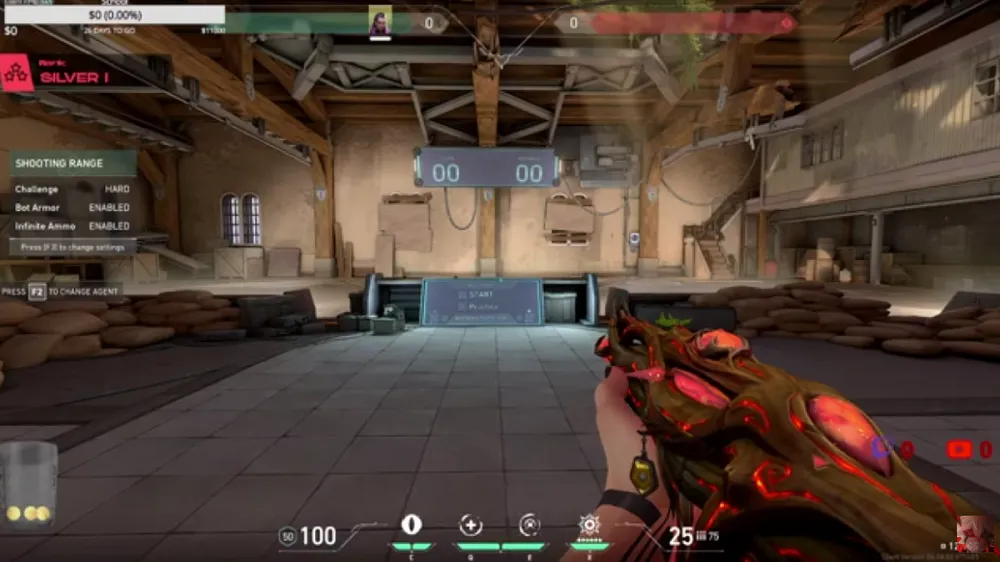When something unusual appears in a familiar place, it can rattle an entire community. That’s exactly what happened during the Goshen College Avenue suspicious device incident, where authorities raced to secure the scene and calm fears. The discovery not only raised urgent safety questions but also highlighted the importance of preparedness in a college town.
This article unpacks the full story—what happened, how officials responded, and why it matters for both Goshen residents and anyone interested in campus safety.
Background on Goshen College and the Surrounding Community
To understand why this event struck such a chord, you need to know a bit about Goshen. Goshen College is a small, private liberal arts institution in Indiana, known for its close-knit community, peace studies programs, and global education initiatives. Students walk between classrooms, coffee shops, and dorms daily, often crossing College Avenue—a central artery that connects campus life with local businesses.
College Avenue isn’t just a road. It’s a lifeline of activity filled with cars, cyclists, and pedestrians. So when police received reports of a suspicious device there, the setting instantly made the issue more urgent. The safety of students, faculty, and town residents became the top priority.
Details of the Suspicious Device Incident on College Avenue
The timeline unfolded quickly. Early reports indicated that a passerby noticed a strange object left near College Avenue and alerted authorities. Given the national climate of caution around potential threats, police treated the object as credible until proven otherwise.
The immediate steps included:
- Blocking off parts of College Avenue.
- Alerting Goshen College administration.
- Coordinating with nearby businesses to keep people indoors.
By acting swiftly, responders minimized risk while beginning their investigation. No one knew if the device was real or a hoax, which added tension to the situation.
How Authorities Responded to the Goshen College Avenue Suspicious Device
Law Enforcement Involvement
Local police arrived first, securing the area and diverting traffic. Their job was twofold: prevent panic and allow specialized teams space to work. Indiana State Police also provided support, bringing additional resources.
Bomb Squad and Safety Units
When dealing with an unidentified object, protocol demands caution. Bomb disposal experts inspected the device using remote-controlled equipment to reduce human risk. They examined its construction, potential triggering mechanisms, and whether it posed real danger.
Communication with the Public
Transparency was critical. Goshen Police used social media updates to keep residents informed, while college officials sent alerts through email and text systems. Messages urged calm but also stressed vigilance. This consistent communication prevented rumors from spiraling out of control.
Impact on Goshen College Students and Residents
For students, the incident disrupted routines. Classes were temporarily delayed, and some dorms closer to College Avenue restricted movement. The emotional impact was noticeable—many described feeling unsettled or anxious even after authorities declared the scene safe.
Residents also reacted strongly. Local businesses had to pause operations, losing revenue for several hours. Parents of students flooded the college with calls seeking reassurance.
A student quoted in the local press said:
“Even though it turned out to be a controlled situation, those few hours were scary. You realize how quickly things can change.”
The quote underscores the psychological ripple effect such incidents leave behind.
Similar Suspicious Device Cases in Indiana and Nationwide
The Goshen incident isn’t unique. Communities across the country have faced similar scares:
| Location | Year | Details |
| Indianapolis, IN | 2022 | Suspicious package at a shopping center; later determined non-threatening. |
| Bloomington, IN | 2021 | University police evacuated part of campus after a suspicious backpack. |
| Austin, TX | 2018 | Series of package bombs created widespread panic and led to major manhunt. |
These cases share a common thread—uncertainty fuels fear until experts verify the threat. The Goshen event, while smaller in scale, still tapped into the same concerns about public safety and preparedness.
Community Safety Measures After the Incident
Incidents like the Goshen College Avenue suspicious device spark conversations about how to prevent future scares. Afterward, local leaders and college administrators discussed improvements such as:
- Increased Patrols: More visible police presence around campus and public areas.
- Emergency Drills: Practicing evacuation and lockdown protocols for both students and staff.
- Public Awareness Campaigns: Encouraging residents to report suspicious objects without hesitation.
- Technology Upgrades: Installing more security cameras along College Avenue and in surrounding neighborhoods.
These measures not only reassure the community but also create a stronger first line of defense.
Public Reaction and Media Coverage
Local media covered the event extensively, with headlines capturing both the tension and relief once the situation resolved. Outlets like the Elkhart Truth and South Bend Tribune ran detailed reports, while Indiana television stations broadcast live updates.
On social media, reactions ranged from fear to skepticism. Some praised the quick police response, while others criticized what they saw as overreaction. Rumors also swirled, with false claims about multiple devices spreading before officials clarified the truth.
The media narrative mirrored the divided tone often seen during crises—some focusing on the professional response, others highlighting community unease.
What This Incident Means for Campus Safety in the Future
The Goshen incident fits into a larger conversation about security on U.S. campuses. Colleges across the nation face the delicate task of balancing openness with protection. Students expect safe environments, but they also value the freedom that defines campus culture.
For Goshen College, the incident served as a wake-up call. Leaders signaled intent to review safety protocols and possibly expand partnerships with local law enforcement. The event also prompted faculty discussions about how to support students experiencing heightened anxiety.
Nationally, it highlights the ongoing challenge: how do schools remain welcoming while also preparing for worst-case scenarios? The answer may lie in flexible strategies that adapt to changing threats.
Frequently Asked Questions
What exactly happened on Goshen College Avenue?
A suspicious object was discovered, prompting police and bomb squad response. Authorities secured the area and later confirmed it wasn’t an active threat.
Was the device real or a false alarm?
Officials determined that while the device was suspicious, it did not pose an actual danger.
How did police ensure safety?
They evacuated the immediate area, redirected traffic, and deployed bomb disposal experts with specialized equipment.
Were there any injuries reported?
No injuries occurred. Authorities emphasized that safety measures worked as intended.
What should residents do if they see a suspicious device?
Call 911 immediately. Do not touch or move the object. Keep a safe distance and wait for authorities to arrive.
Final Thoughts on the Goshen College Avenue Suspicious Device
The Goshen College Avenue suspicious device incident may have ended without harm, but its impact lingers. It reminded residents of the importance of vigilance, highlighted the role of quick emergency response, and spurred conversations about safety upgrades on campus.
Events like this also show how connected communities are. A single object on a sidewalk rippled through classrooms, businesses, homes, and news networks. While the scare ended safely, it left valuable lessons: stay alert, trust emergency systems, and never underestimate the power of preparedness.
In the end, Goshen residents walked away with a stronger sense of resilience—and a renewed commitment to keeping their college town safe.













Leave a Reply